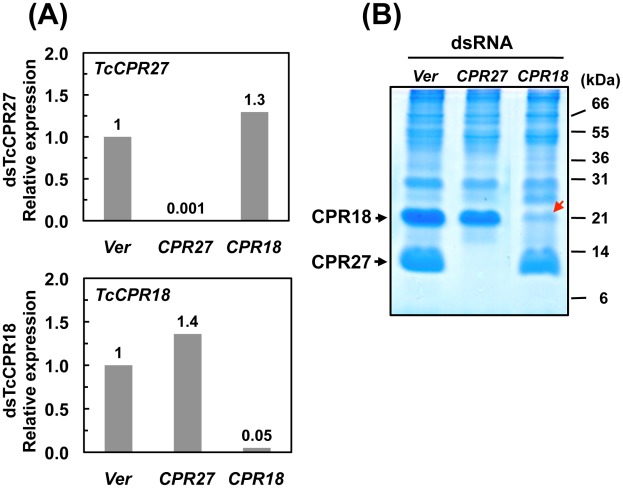Figure 5. Knockdown of TcCPR27 and TcCPR18 transcripts by RNAi.
Late instar T. castaneum larvae were injected with 0.2 µg of dsRNA for TcCPR27 or TcCPR18. Following dsRNA injections, expression of TcCPR27 and TcCPR18 genes was analyzed by real-time PCR (A) and SDS-PAGE (B) to evaluate transcript and protein levels. cDNAs were prepared from total RNA isolated from five whole insects at pupal day 5 (10 d post-injection). For real-time PCR, expression levels of TcCPR27 and TcCPR18 are presented relative to the levels in Ver control insects (injected with dsRNA for T. castaneum Vermilion gene). The transcript levels of the T. castaneum ribosomal protein S6 (rpS6) were measured to normalize for differences between samples in the concentrations of cDNA templates. Proteins were extracted from elytra from five newly emerged adults for each treatment. A faint band (red arrow) with a mobility similar to that of TcCPR18 observed in extracts of whole insects injected with dsRNA for TcCPR18 was identified by mapping of tryptic peptides by MALDI-TOF to be a different CPR RR2 protein, TcCPR33, with a theoretical mass of 19.1 kDa. These data indicate that both TcCPR27, TcCPR18 were specifically down-regulated at both the mRNA and protein levels after dsRNA injections.

